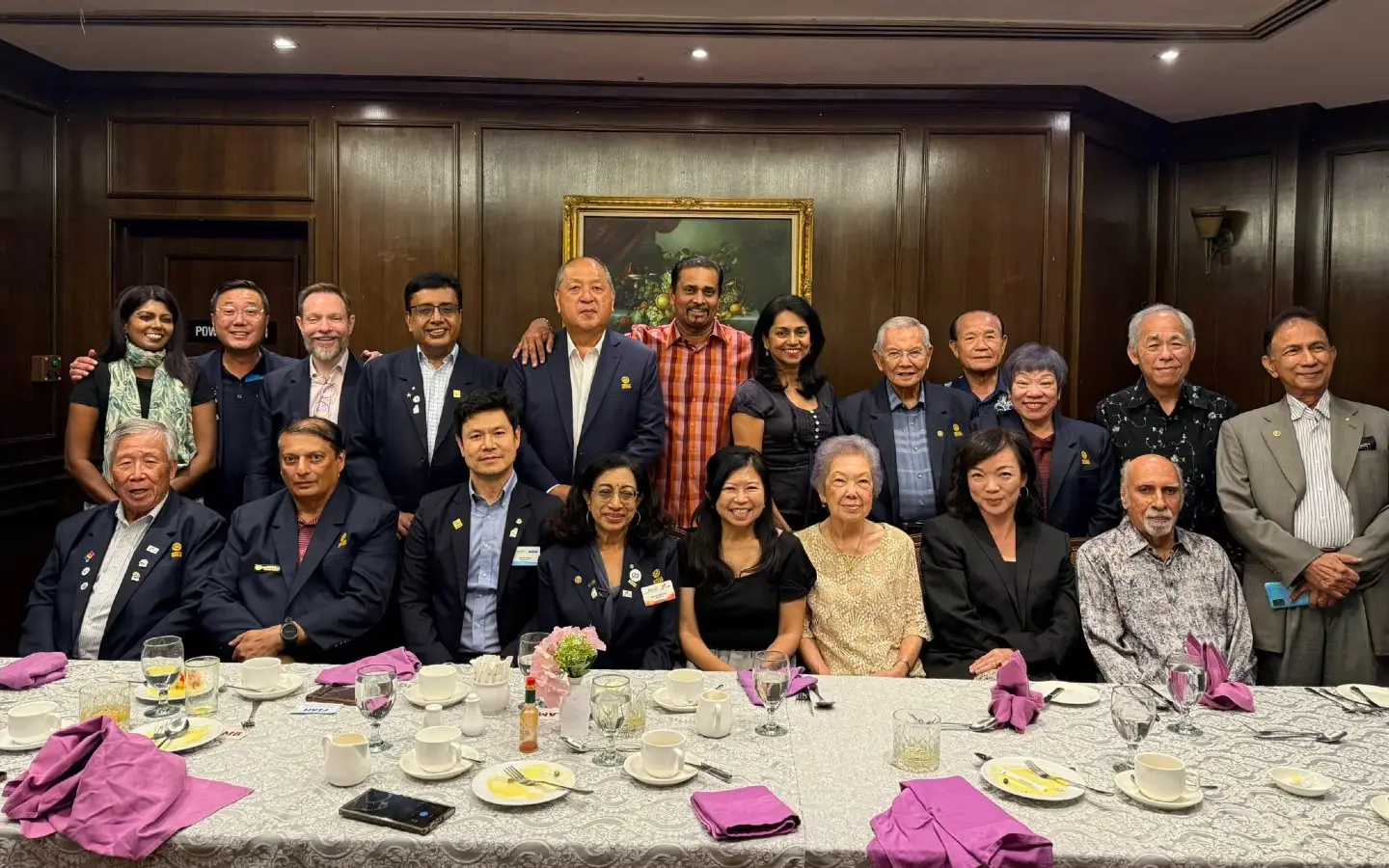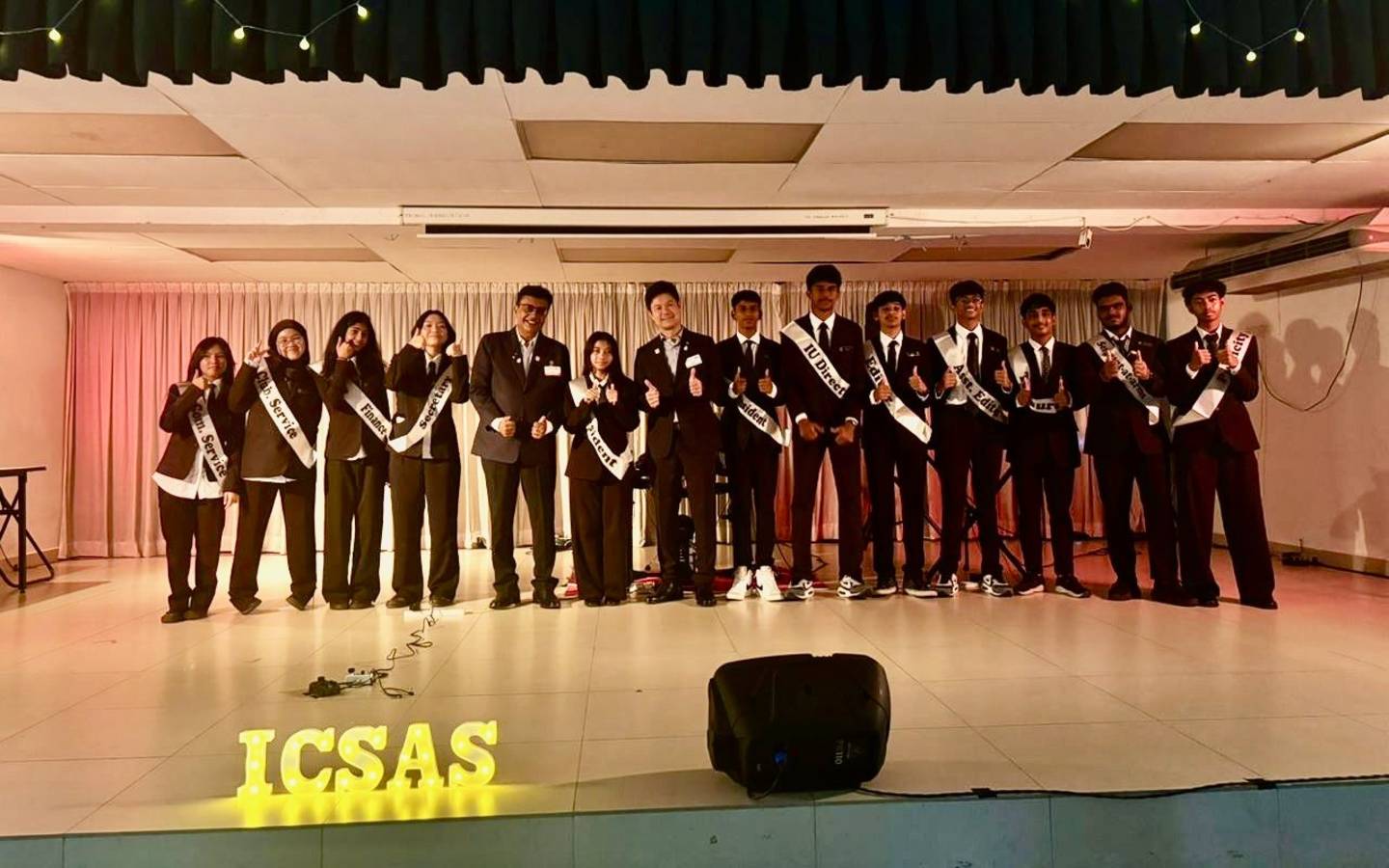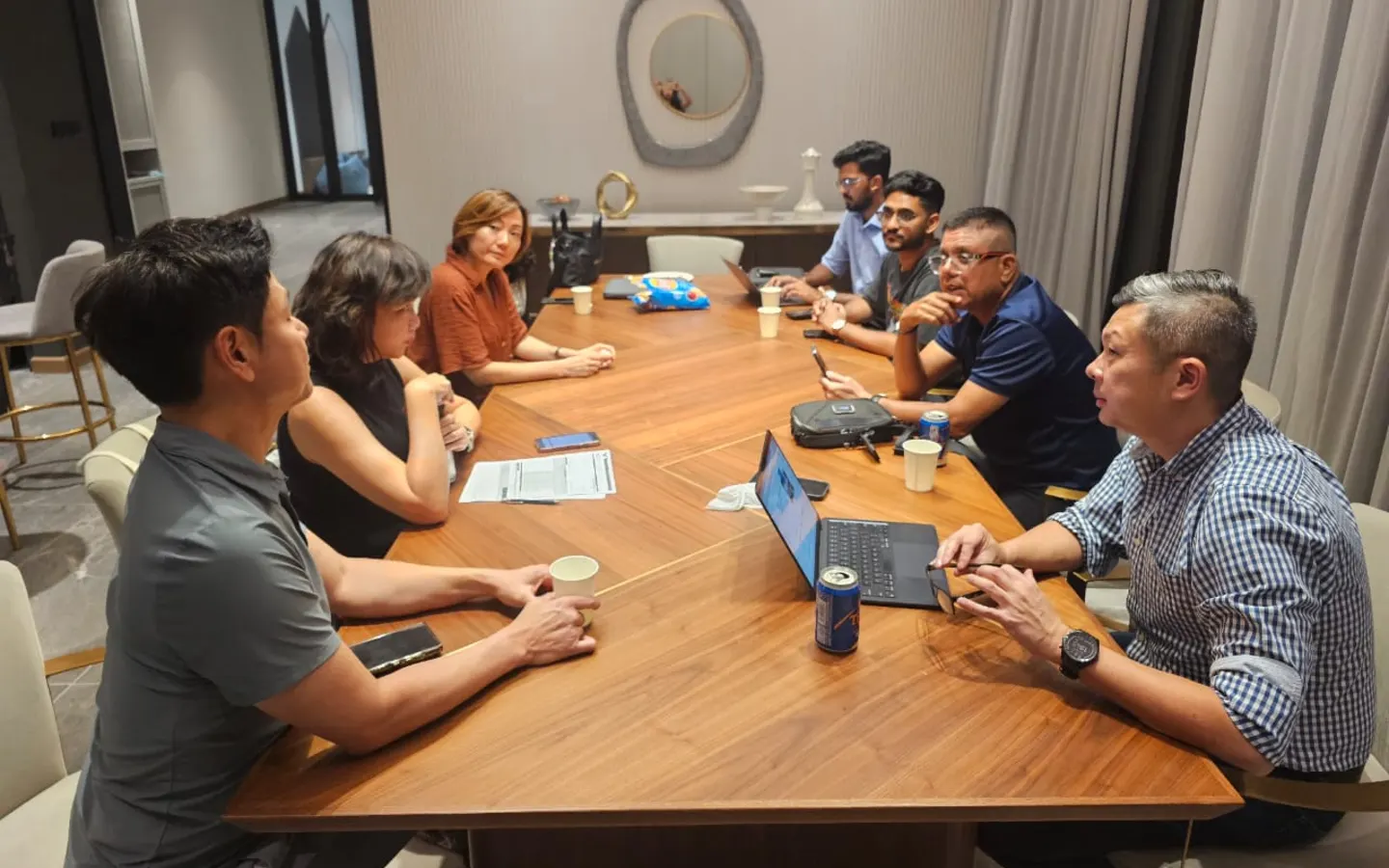The annual leadership transition in Rotary Clubs each July holds tremendous significance for the organisation’s continued growth and impact. This yearly change carries multiple important benefits:
Fresh Vision and Energy
- Brings new perspectives and innovative approaches to club activities
- Prevents leadership stagnation and organisational complacency
- Infuses the club with renewed enthusiasm and momentum
Leadership Development
- Creates regular opportunities for members to develop leadership skills
- Builds a pipeline of experienced leaders within the club
- Encourages broader member involvement in club governance
Organisational Continuity and Evolution
- The July timing aligns with Rotary International’s fiscal year
- Structured transition process preserves institutional knowledge
- Allows clubs to adapt to changing community needs over time
Renewed Community Engagement
- Each new President brings unique connections and priorities
- Provides natural opportunities to reassess service initiatives
- Strengthens diverse relationships within the community
This annual renewal process helps Rotary Clubs maintain their vitality and effectiveness in fulfilling their service mission while developing members’ leadership capabilities.
Club Members’ Roles in Rotary Leadership Transition
Rotary Club members play several vital roles during the annual leadership transition process:
Before Transition
- Participate in the nomination and election of incoming officers
- Provide input on club goals and priorities for the upcoming year
- Volunteer for committee roles under the new leadership team
- Attend strategic planning sessions to shape the club’s direction
After Transition
- Actively support new initiatives introduced by the incoming leadership
- Provide constructive feedback on club operations and activities
- Remain engaged in service projects despite leadership changes
- Mentor newer members about club traditions and procedures
Continuous Roles
- Consider personal leadership development and future leadership positions
- Help identify and nurture potential future leaders within the club
- Maintain the club’s core values regardless of leadership changes
- Serve as ambassadors for Rotary’s mission in the community
The active involvement of all club members during leadership transitions helps ensure smooth handovers, preserves Rotary Club knowledge, and creates an environment where new leaders can succeed while upholding Rotary’s traditions of service.
Written by
Rajiv Mathews George
Past President 2023/24




